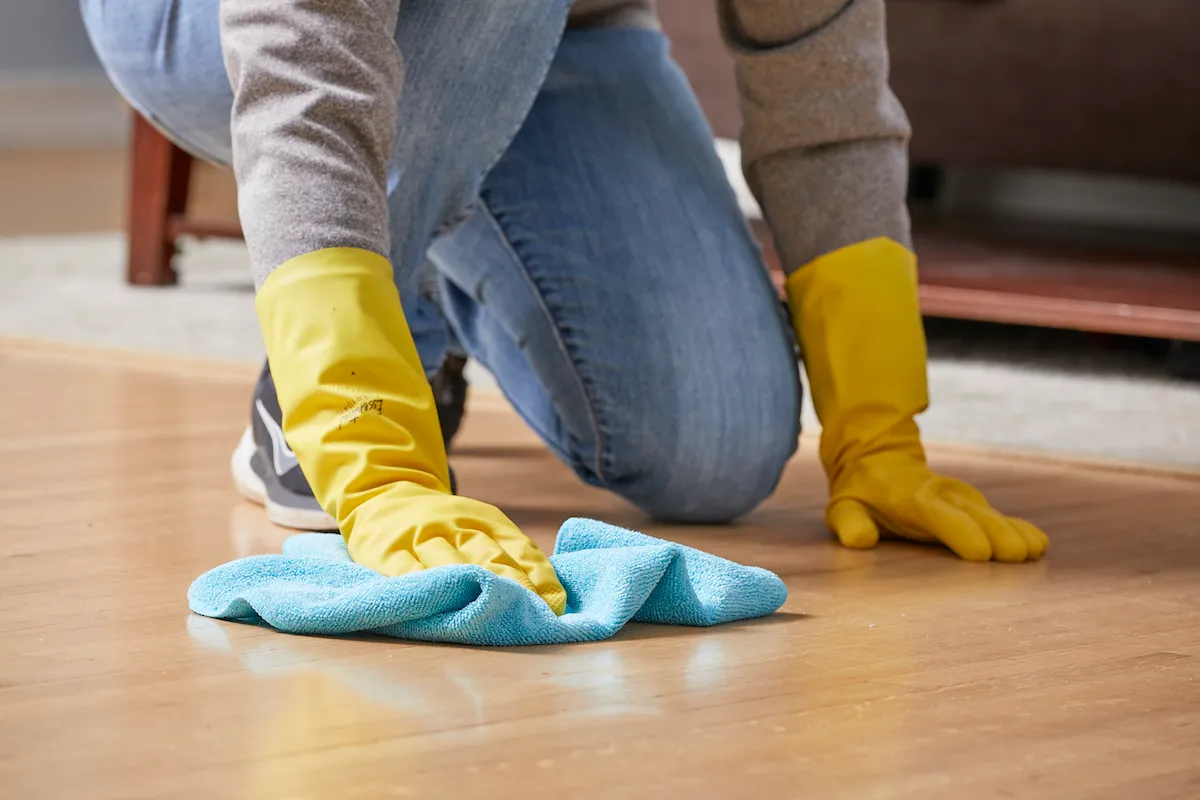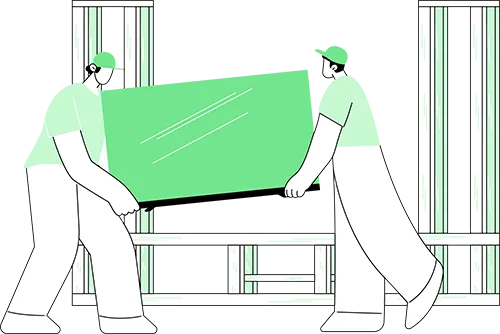🕓 Last updated: July 16, 2025
Why Proper Cleaning is Essential for How to Clean Wooden Floors
Wooden floors are an investment that can last decades if cared for properly. Unlike other types of flooring like tile or vinyl, wood is more sensitive to moisture, abrasives, and harsh chemicals. Using too much water or the wrong cleaning products can cause warping, fading, or peeling of the finish.
Moreover, wood floors develop a natural patina over time, which enhances their beauty. But this is easily compromised if dirt and grime aren’t removed regularly or if improper cleaning techniques are used. Learning how to clean wooden floors the right way is about protecting this investment and maintaining the charm of your home.
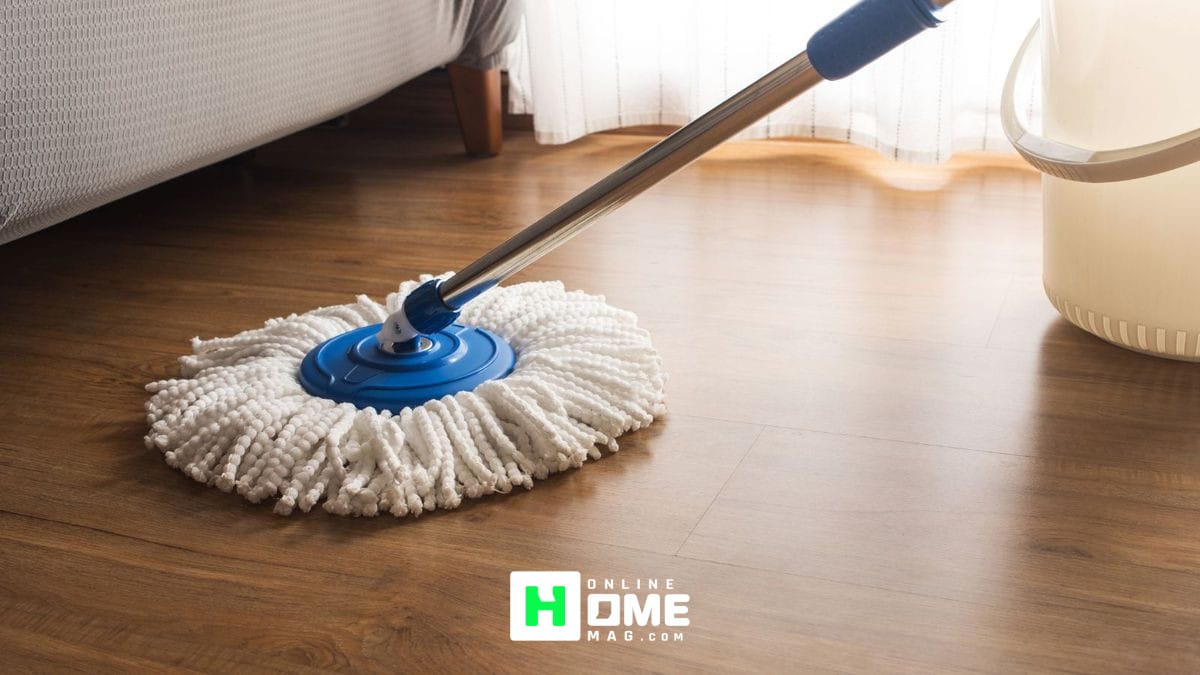
Common Mistakes to Avoid When Cleaning Wooden Floors
Many people unintentionally damage their wooden floors by following common but harmful cleaning practices. Here’s what you should avoid when learning how to clean wooden floors:
- Using excessive water: Wood and water don’t mix well. Too much water causes the wood to swell, warp, or crack.
- Harsh chemicals: Bleach, ammonia, and vinegar are too acidic or alkaline for many wood finishes and can strip the protective layer.
- Abrasive scrubbers: Steel wool, rough brushes, or harsh pads scratch and dull the surface.
- Steam mops: The combination of heat and moisture can penetrate the wood and damage the finish unless specifically designed for your floor.
- Neglecting regular cleaning: Dirt and grit act like sandpaper underfoot, accelerating wear and scratching the surface.
Avoiding these mistakes is key to maintaining the life and appearance of your floors.
Essential Tools and Products for How to Clean Wooden Floors
Using the right tools and products is fundamental in how to clean wooden floors safely and effectively. Here’s what you’ll need:
- Soft-bristle broom or dust mop: To gently sweep away dust and debris daily or every few days.
- Vacuum cleaner with hardwood setting: Use a vacuum designed to avoid scratching floors, preferably with a soft brush attachment.
- Microfiber mop: This is excellent for damp mopping because it absorbs dirt and requires less water.
- pH-neutral wood floor cleaner: Avoid generic all-purpose cleaners; opt for products specifically formulated for wood floors.
- Soft, dry cloths or towels: For spot cleaning and drying after mopping.
- Optional DIY cleaner: A mixture of mild castile soap and water can be an eco-friendly alternative.
Stick to these tools and avoid anything too harsh or abrasive for your wood floors.
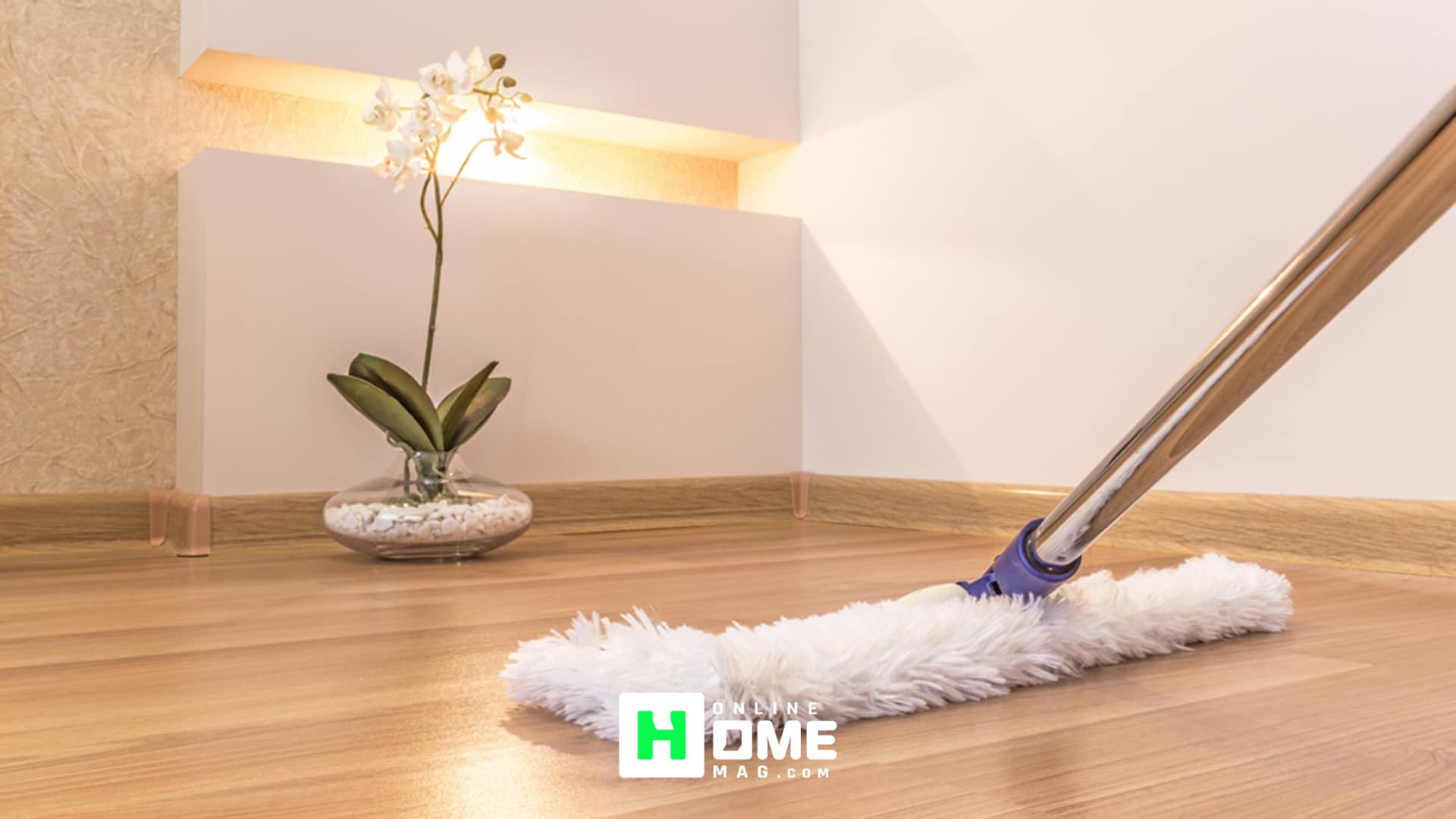
Step-by-Step Guide: How to Clean Wooden Floors Properly
Here’s a detailed routine to help you master how to clean wooden floors without damaging them:
- Dust or Vacuum Regularly
Remove dust, pet hair, and grit at least once or twice a week. Use a soft broom or vacuum cleaner with a hardwood setting. This prevents scratches caused by debris grinding into the finish. - Spot-Clean Spills Immediately
Accidents happen. The moment liquids spill, blot them up with a soft cloth—don’t rub. Prolonged exposure to moisture causes stains or warping. - Damp Mop Weekly or Biweekly
Use a microfiber mop dampened lightly with a wood-safe cleaner. Never saturate the mop; it should be barely wet. Mop gently along the grain of the wood to remove dirt and grime. - Dry the Floor Immediately
After mopping, wipe the floor with a dry cloth or towel to remove any residual moisture. This step is critical to avoid water damage, especially in humid environments.
By following these steps consistently, you’ll keep your floors clean and protect their finish.
Natural Cleaning Solutions That Work for How to Clean Wooden Floors
If you prefer natural, eco-friendly options, here are some effective solutions safe for wood floors:
- Castile Soap and Warm Water: Add a few drops of castile soap to warm water. Use a damp mop with this mixture to gently clean floors.
- Black Tea Rinse: The tannins in black tea can enhance the shine of dark wood. Brew a strong tea, let it cool, then mop lightly.
- Vinegar and Olive Oil (Use Sparingly): For unfinished or old-style sealed floors, mix one part vinegar to three parts olive oil to clean and polish. Test on a small area first.
- Lemon Juice with Essential Oils: Combine lemon juice with a few drops of lavender or eucalyptus oil for a refreshing, mild cleaner.
Always test natural cleaners in an inconspicuous spot before full application to ensure no discoloration or residue.
Cleaning Frequency Based on Traffic for How to Clean Wooden Floors
Not all rooms require the same cleaning frequency. Adjust your routine based on foot traffic:
| Room Type | Sweep/Dust Frequency | Mop Frequency |
| Bedroom (Low Traffic) | Weekly | Every 2 to 4 weeks |
| Living Room (Moderate) | 2 to 3 times per week | Weekly |
| Kitchen & Entryways (High Traffic) | Daily | Weekly |
Following this schedule helps maintain cleanliness without over-wetting or over-cleaning.
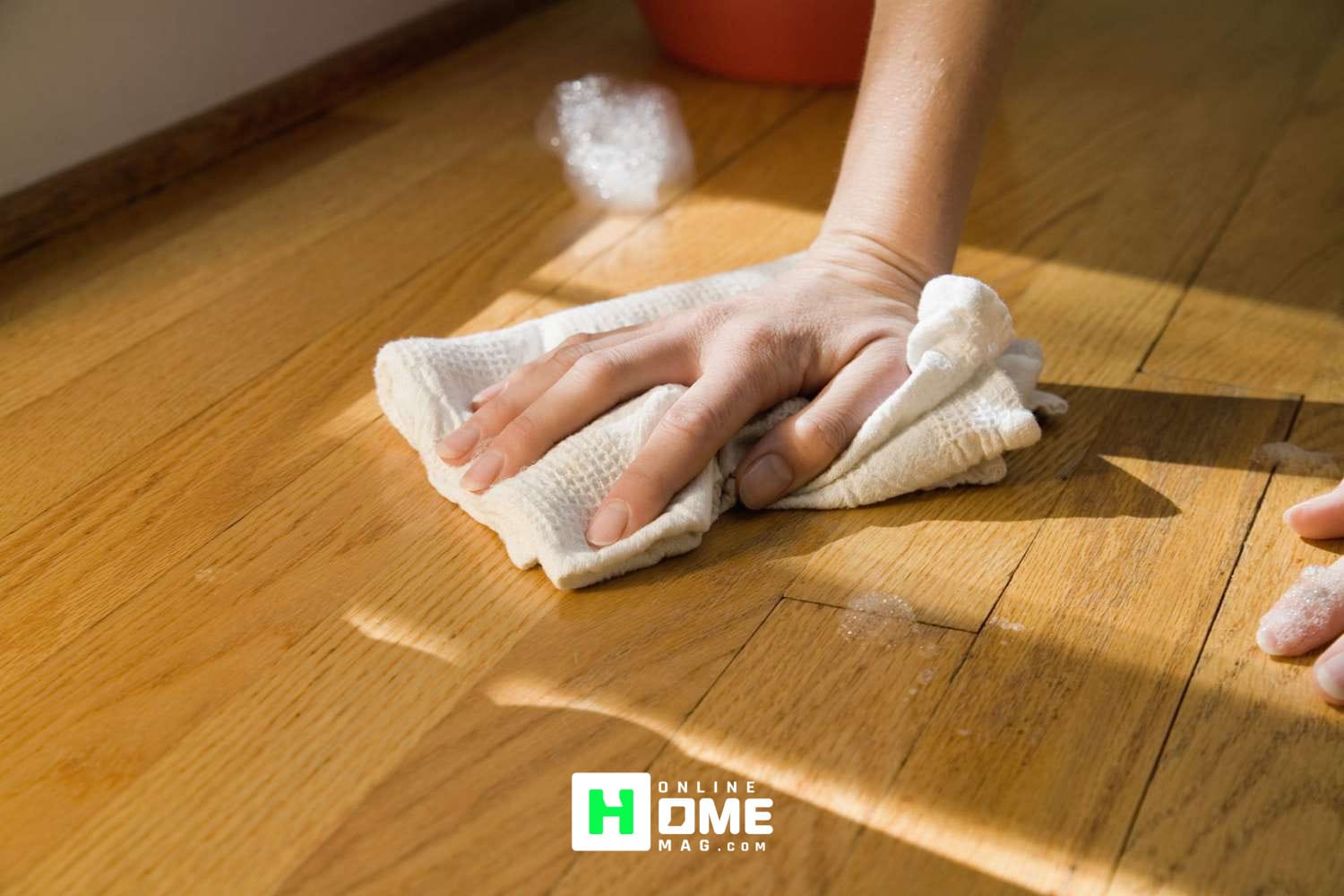
Tips for Long-Term Protection When How to Clean Wooden Floors
Cleaning alone isn’t enough. Protecting your floors between cleanings is vital to prolong their life:
- Use area rugs or runners in high-traffic areas to minimize wear.
- Install felt pads under furniture legs to prevent scratches when moving furniture.
- Keep pet nails trimmed to avoid gouging the wood.
- Maintain indoor humidity levels between 35% and 55% to prevent wood from expanding or shrinking.
- Avoid dragging heavy items across the floor to reduce scratches and dents.
Combining these habits with proper cleaning techniques is the best way to keep your wooden floors flawless.
Best Practices for Different Wood Types When Cleaning Wooden Floors
Different types of wood flooring require slightly different care:
Solid Hardwood
- Sensitive to moisture; avoid soaking.
- Can be refinished periodically to restore luster.
Engineered Wood
- More moisture-resistant but still avoid excess water.
- Clean with a lightly damp microfiber mop only.
Bamboo Flooring
- Durable and eco-friendly but sensitive to harsh chemicals.
- Use only approved cleaners safe for bamboo.
Always consult the manufacturer’s care instructions specific to your flooring.
Can You Use Steam Mops for How to Clean Wooden Floors?
Steam mops have become popular but are generally not recommended for wooden floors. The combination of heat and moisture can damage the wood and finish, causing warping and peeling.
Unless your floor is explicitly labeled as safe for steam cleaning, avoid using steam mops. Instead, stick to gentle, damp mopping methods that preserve the integrity of your floor.
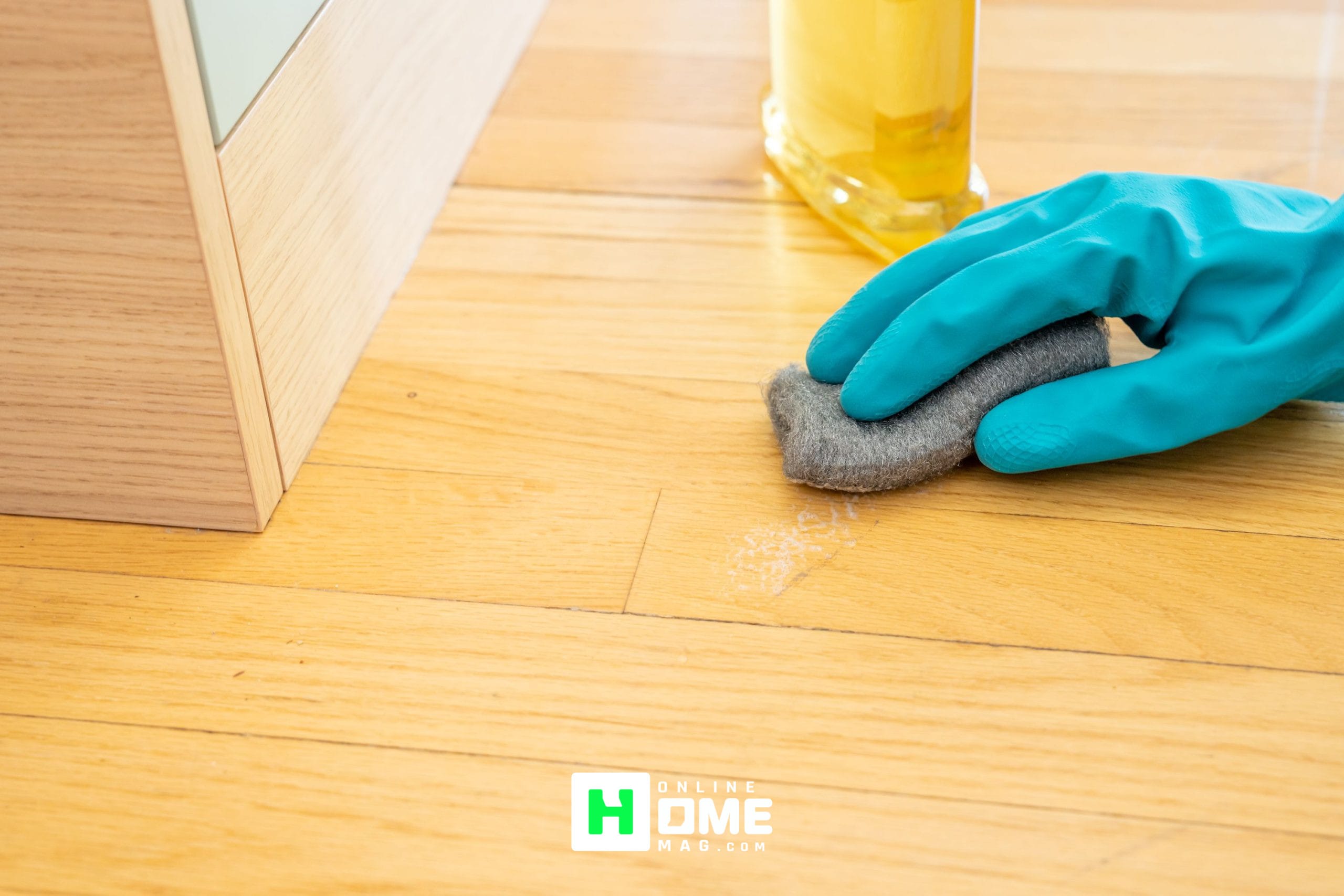
How to Handle Stains or Tough Spots When Cleaning Wooden Floors
Despite regular cleaning, stains and tough spots are inevitable. Here’s how to tackle them gently:
- Grease or oil stains: Mix a drop of mild dish soap with water and wipe carefully.
- Crayon or marker marks: Use a baking soda and water paste, rubbing gently with a soft cloth.
- Dark stains (e.g., pet urine): Dab diluted hydrogen peroxide on a cotton ball and apply carefully. Test in an inconspicuous area first.
- Scuff marks: Rub lightly with a tennis ball or a cloth with a small amount of olive oil.
Being prepared for such challenges is part of mastering how to clean wooden floors effectively.
Final Thoughts on How to Clean Wooden Floors Like a Pro
Wooden floors bring unmatched beauty and warmth to your home, but they need proper care to stay that way. By learning how to clean wooden floors with the right tools, techniques, and protective measures, you ensure they remain stunning and durable for years to come.
Regular dusting, prompt spill management, gentle damp mopping, and avoiding common mistakes will keep your floors looking their best. Combine these with protective habits like using rugs and maintaining humidity, and you’ll enjoy your wood floors for decades.
Now you have everything you need to clean your wooden floors like a professional!

